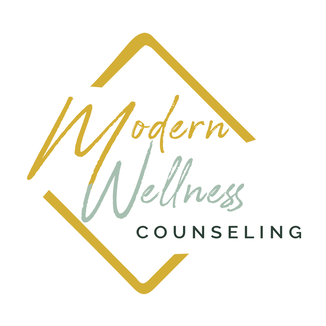Have you ever felt really down before and have been told to just “be positive”? I’m sure that experiencing sadness for you is not a choice and if you had a switch to just “turn it off and be happy” you would. Unfortunately, sometimes focusing on only “good vibes” can be harmful when issues and genuine emotions have to be faced.
Toxic positivity comes from the idea that no matter the circumstance, you should be in a positive state of mind. It often dismisses the fact that you are genuinely experiencing sadness, fear, shame, loneliness, worry, and many other emotions that may not be deemed as positive. Sometimes this can be visibly seen when you ask someone who has just experienced something traumatic or scary and their response is “I’m fine” but you can see their eyes watering up or hear the quivering in their voice. In this scenario, it’s of course obvious of someone not wanting to address the issue. While there may be a time and place for someone to feel safe to open up, the idea of toxic positivity is that they may not address it all and may instead tell themselves, “it’s okay, I’m fine, focus on what is good and positive right now.”

3 Ways to Avoid Toxic Positivity
If you have fallen into the trap of toxic positivity or have recently noticed that this is becoming an issue for you, here are some quick ways to identify it and avoid it.
You are human and you will feel emotions that are considered “negative” and that is normal! It’s okay to feel scared and nervous when these emotions come up and trust me, no one enjoys experiencing negative emotions; however, it allows you to address issues and pain points head on without it hovering over you for years down the road. In my work with clients, identifying negative emotions and being able to work through them is a vital piece of the work we do.
Unfortunately, many people are not taught how to face these negative emotions and as children were often told to “put a smile on your face” or to “go to your room and come back when you are happy.” It makes sense that many adults now do not know how to face negative emotions but being able to be okay with the fact that negative emotions happen is a great first step.
Be compassionate with yourself
If this is a new journey for you of trying to be okay with negative emotions and letting go of the idea that “I must feel positive all the time in order to have a happy life,” then you are likely going to fall back into this headspace many times. And guess what? It’s okay! We are often our own worst critic and I want to remind you that when you do catch that inner voice saying “put a smile on your face and be happy,” be kind to yourself by reminding yourself that you are learning to change this thought.
- Tell yourself that it was great that you caught that “toxic positivity” thought in the first place and that is great!
- Ask yourself: what emotion am I trying to mask by putting a smile on my face?

Give yourself time to practice facing and identifying emotions
I like to think of this as a muscle, you have to slowly strengthen this part of you to be comfortable to experience negative emotions. Here are some ways you can do this:
- Start off with a few intentional breaths a day and just check in with yourself mentally. Ask yourself “what am I feeling right now?” Then regardless of the emotions, remind yourself that it is okay to feel this right now. This can literally be 5 seconds out of the day and do this everyday, slowly progressing to longer periods of time.
- Give yourself 5 minutes to take a moment and write what you are feeling or thinking down on paper. This can be a powerful practice in that you are putting down on paper what you are experiencing. No one will judge it for grammatical errors or if it makes sense. You can even rip it up and throw the paper away if you need to. The purpose of this is to take time to identify what you are feeling and not push it down.
- Practice empathy with yourself and with others. You can do this by engaging in active listening skills and saying things like “that sounds really hard,” or “I’m not sure what to say right now, but I’m here for you.” Sometimes we want to make things better for others or ourselves and we say things like “well it could be worse” or “at least it’s not as bad as …” This is what you are trying to get away from.
In the grand scheme of things, positivity alone is not toxic or dangerous, it becomes toxic when it dismisses other emotions. Remember that empathy can go a long way when applied to yourself and to others.




